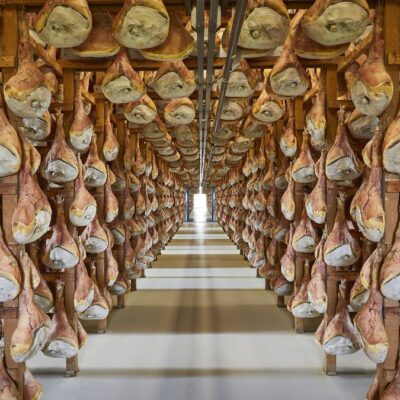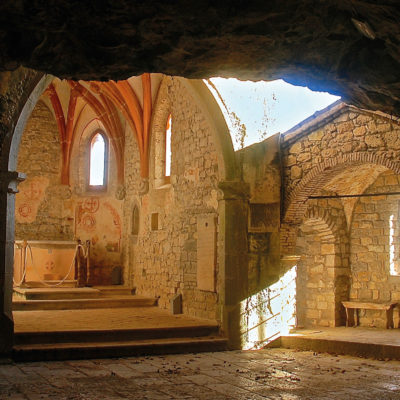Our region is very proud of its culture, traditions and Friulian language. Nowadays statistics show a reduction of its speakers though; however, if someone has the unlucky idea to define Friulian as a dialect, inhabitants will always want to specify that the “marilenghe” is not a dialect but a language. This status, officially recognized in 1999 by the State of Italy, has made possible the entry of Friulian into schools and universities, where it’s regularly taught and studied. Friulian has a Latin derivation and firstly grew as a spoken language; the first written testimonies date back to the beginning of XII century, when it was already widespread through the population.
The variants of the dialect, progressively developed, can be assigned to four groups: Eastern Friulian (spoken in the area of Gorizia), Western Friulian or “concordiese” (spoken in the area of Pordenone), Carnic Friulian and central Friulian, which represents the most consistent group and covers the area of Udine, except the Carnia. Obviously this classification may seem forced, since the effective variants are very numerous, with differences that can be small but easy to identify if one just goes from a town to another. It must be considered that Friuli has always been a place of intercultural and linguistic exchanges, both for historical and geographical reasons.
In this regard, the city of Udine deserves a deeper analysis. In the capital city of Friuli, indeed, a unique dialect has grown, called “udinese”; unfortunately, a consistent part of the population ignores this dialect, or forgot it. This “venetoide dialect” – as defined by the famous linguist Giovanni Frau – was known when the city was dominated by the Republic of Venice; it represents a sort of transitional variant between Friulian and Venetian language, and it’s characterized by some typical expressions as “vustu”, “gastu”, “distu”, “sastu” and “fastu”. At the beginning it was spread exclusively between the well-off middle class of the city, which considered this dialect a sort of symbol of their high social status, a way to flaunt their wealth through the dialect. It has to be considered that during that period in Udine the majority of the population spoke Friulian or – less frequently – German and Slovenian. In this situation of coexistence with a different linguistic variety, the dialect of Udine distanced itself from the antique venetian dialect from which it derived, but at the same time was very different from Friulian. Other venetian idioms spoken in Friuli-Venezia Giulia have developed in a total different way, for example the one present in the area of Gorizia, where the settlement of some venetian colonies has been the main drive of its growth.
Once the domination by the Republic of Venice ended, the dialect of Udine was characterized by a period of expansion during the nineteenth century, thanks to its similarity with the Italian, which made it popular. However, this “wave” was not destined to endure and today not a lot of people are aware of the existence of this dialect, which is therefore spoken only by few (and elderly) inhabitants of Udine.
Furthermore, there are very few written testimonies. It’s important to mention a series of autobiographical articles written by the author and journalist Renzo Valente, who described, with a certain dose of humor, the speaking and living habits affecting the well-off middle class of Udine.
Sono nato a San Daniele del Friuli il 21 gennaio 1993 e studio ingegneria gestionale a Udine. Da sempre appassionato di sport e musica, ho scelto di collaborare con L’oppure per dare sfogo alla mia vena creativa minacciata da algoritmi e formule matematiche con cui mi devo fronteggiare quotidianamente. Mi piace viaggiare e scoprire posti nuovi, per questo scrivo per la rubrica “Voli sul territorio”.




